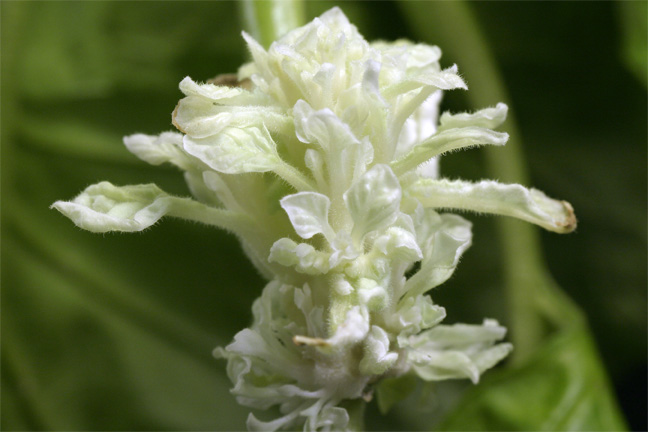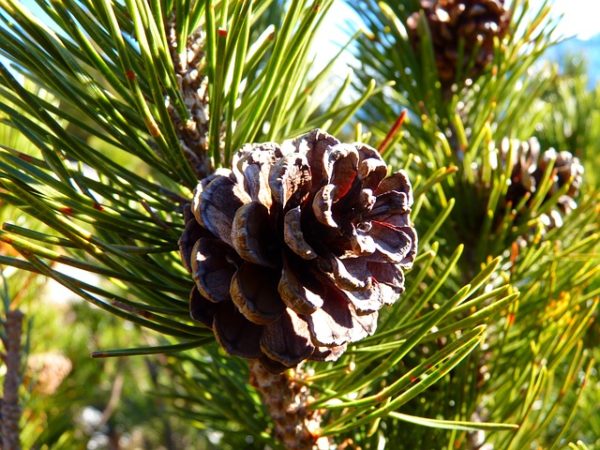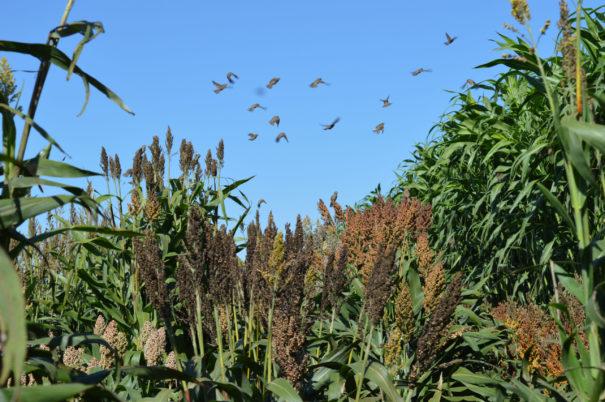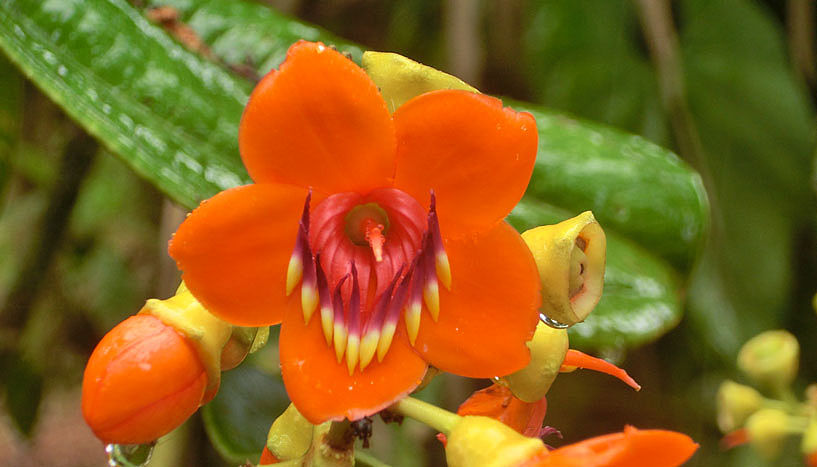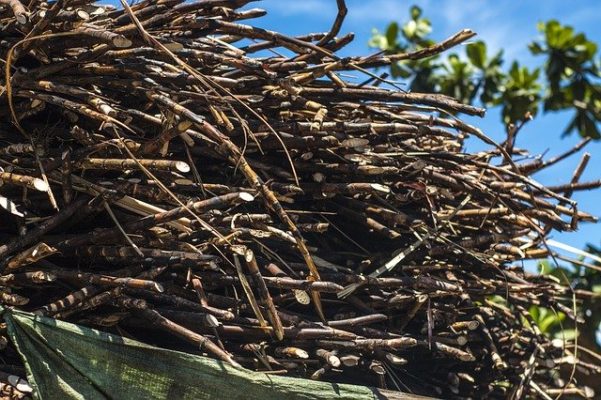
The synchronization of seed production by trees has garnered attention due to its importance in agriculture, forestry and ecosystem management. Therefore, understanding the timing and mechanisms that contribute to synchronized seeding can be a useful management tool.
Read More



